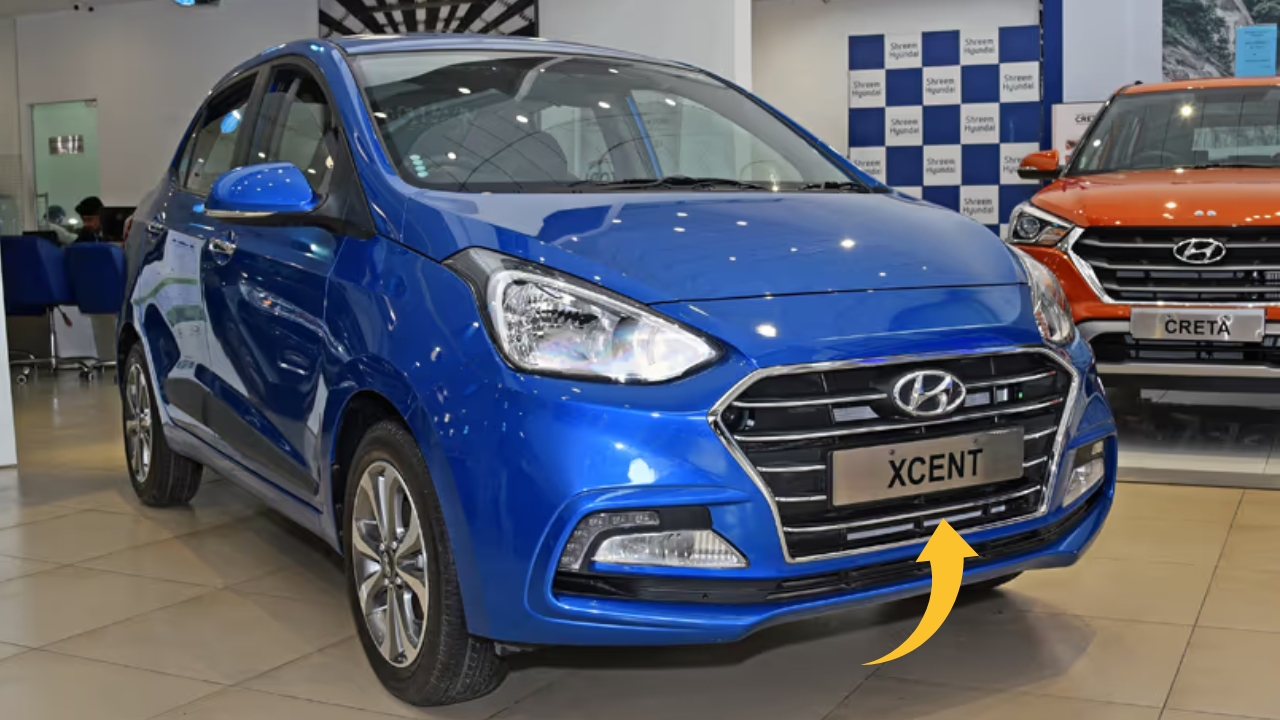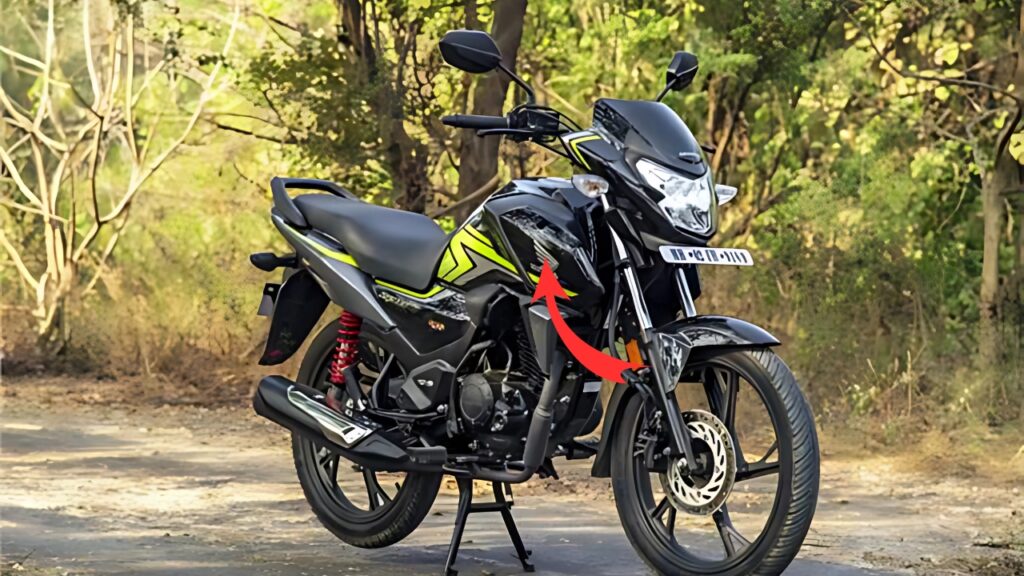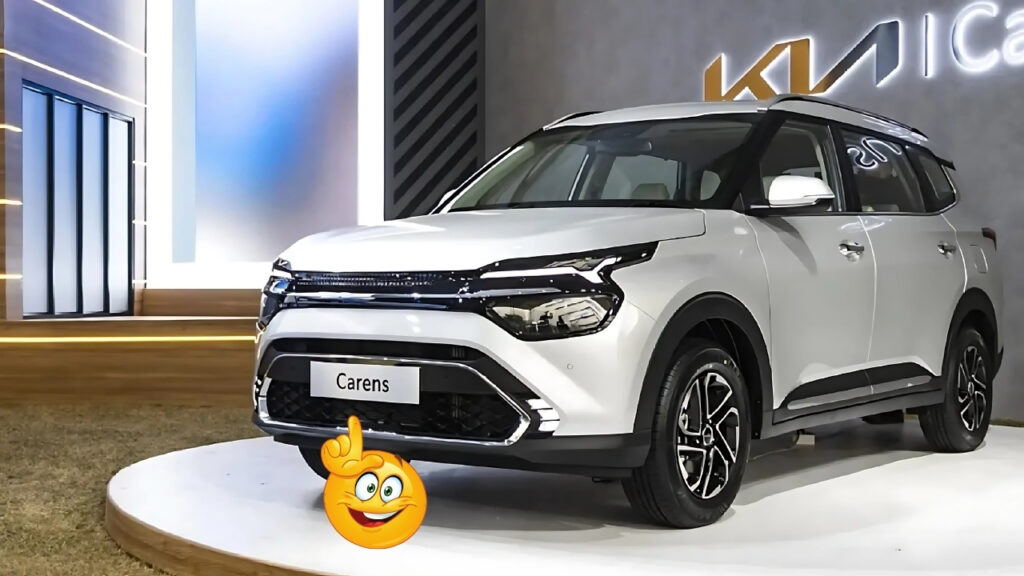Hyundai Xcent: Hyundai Xcent is one of country’s manufacturer Korean’s one of the big step into the Indian competitive compact sedan market.
Primarily targeting the tax saving sub-four-metre vehicles in India, the Xcent soon became the more civilised option to rivals, including the Maruti Suzuki Dzire and Honda Amaze – what made it a unique proposition was Hyundai’s blend of features-loaded interiors and European-ish styling.
Table of Contents
Hyundai Xcent: History and Positioning in the Market

Launched in 2014, the Xcent was Hyundai’s answer to the tides of demand for budget sedans that had started rising in the city at the time, as it mixed the convenience of a separate boot with the ease of driving and park-ability of a hatchback.
This “hatchback-plus-boot” formula had worked for multiple Indian car manufacturers in their favor due to Indian market’s lower tax on vehicles bought in ‘sub-4 meter’ category (under 13 ft (4 meters) long).
The Xcent was aimed at the young professionals and new families who wanted to move up from a hatchback to their first sedan.
Its placement focused on upmarket features at affordable prices — exactly what Hyundai had been doing in the overall Indian market.
Design and Exterior
The design of the Xcent followed Hyundai’s “Fluidic Sculpture” design philosophy, albeit more subdued than its other models.
The front end had noticeable relation to the Grand i10, with swept-back headlamps and the unique hexagonal grille which was treated as a signature of Hyundai design at that time.
The boot integration, something that’s confounded designers in their quest for blending practicality and finesse on sub-four-metre sedans, was quite tastefully done.
The gently curving roofline and balanced greenhouse looked less like an amputation job there than on some rivals that seemed to have trunk sections amputated.CADILLAC CT6:
The gently sloping roofline and proportional greenhouse made for a cleaner design than many rivals that looked either visually top-heavy or tail-dragging thanks to hacksawed-off trunk sections.
A major facelift in 2017 saw the Xcent adopting the same design language as its i20 sibling, and added a larger cascading grille up front, new head and tail lamp designs, enabling it strike visually for Indian market.
Interior and Features
The Xcent’s cabin was one of its best selling points. Material authenticity and fit-and-finish were better than segment average, and soft-touch surfaces and chic design details gave the cabin an air of class befitting a more expensive vehicle. Ergonomics was reflected in the dashboard design with easy to reach controls and legible instrumentation.
With its typical generous equipment list, mid-level trims featured gadgets that spilled out of the options list in rival cars.
Higher trims offered touch-screen infotainment systems with smartphone connectivity, automatic climate control, rear air conditioning vents and push-button start – creature comforts likely to appeal to status-conscious first-time sedan buyers.
There was competitive space inside for its segment, plenty of rear legroom for average-sized adults and a nicely shaped 407-liter boot capable of stowing a family’s weekend luggage.
Powertrain and Chassis
At launch, the Xcent came with two engine choices: 1.2-litre Kappa petrol with 83 PS and 114 Nm, and 1.1-litre U2 diesel with 72 PS and 180 Nm of torque.
The diesel was subsequently replaced with a more potent 1.2 litre unit making an impressive 75 PS with 190 Nm (to tackle the criticism that the original diesel was underpowered).
Transmission options were 5-speed manual as standard and a 4-speed automatic for petrol models were also available — an uncommon option in this class at the time of introduction.
As such, the package first and foremost catered to efficiency and refinement more than all-out performance, fitting the demands of the target clientele.
And the driving experience followed the same theme. The suspension setup was tuned for ride comfort, over handling agility and focused on tackling undulating road surfaces prevalent in urban India.
The light steering of course made it easy to navigate its way through traffic, however it didn’t offer much in the way of feedback in more enthusiastic driving.
Market Impact and Legacy
Xcent found marginal success in a cut-throat segment wherein Maruti Suzuki Dzire completely rules the roost. Its biggest draw was to buyers in cities who put features and refinement first, and reliability and resale value second behind its Japanese competitors.
The carmaker’s model helped debut Hyundai successfully in the compact sedan category in India, proving how the company could alter superior engineering techniques to the specific Indian market need.
The wisdom gleaned from the Xcent had a direct impact on the making of its successor, the Aura, that fine-tunes the compact sedan recipe even more.
Hyundai Xcent:
The Hyundai Xcent was a significant part in the evolution of the compact sedans in India – one that raised the standards, when it comes to the quality of interiors as well as the features, in a segment known more for value than features.
Although it never threatened to knock the Maruti Dzire off its segment-leading perch in terms of sales, it was a breath of fresh air for anyone who wanted a more premium ownership experience but didn’t want (or couldn’t afford) to move up to full-size sedans.
The legacy will continue with Hyundai maintaining its focus towards the sub-four-meter sedan segment, in an era when compact SUVs and crossovers are beginning to dominate the market.





